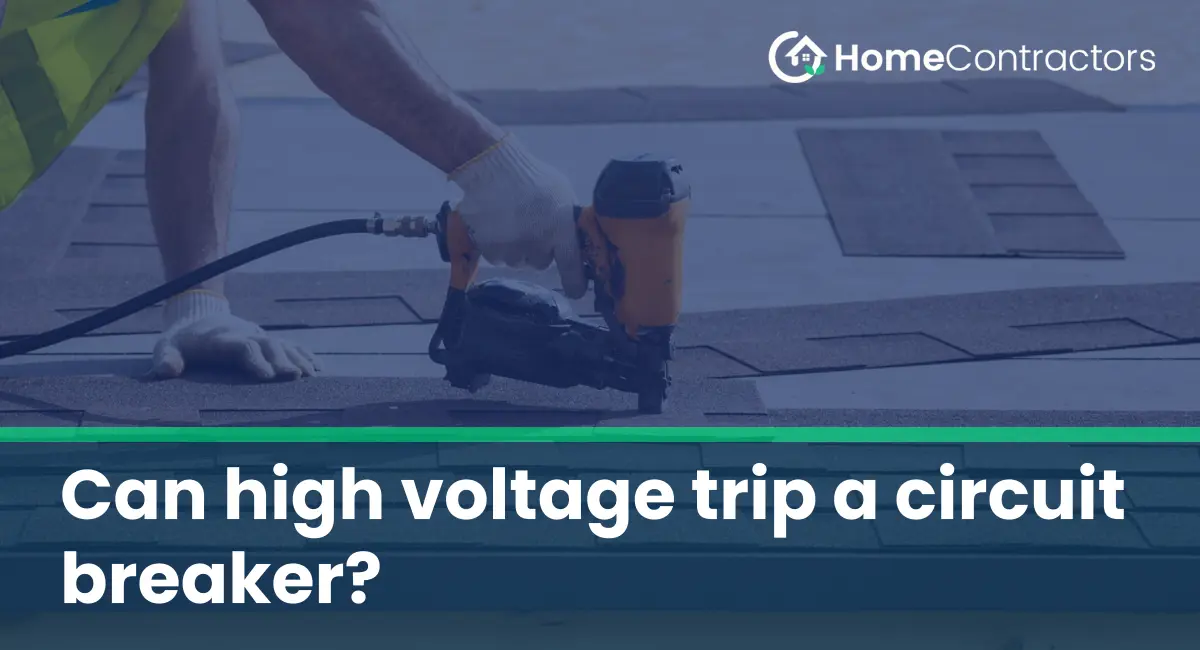A circuit breaker is a critical component of any electrical system, designed to protect it from damage due to overloads or short circuits. It works by interrupting the flow of electricity when these conditions occur to prevent overheating or fires. One common question that arises is whether high voltage can trip a circuit breaker. This article will delve into this query and provide a comprehensive answer.
Understanding Circuit Breakers
Before we explore the impact of high voltage on circuit breakers, it is crucial to grasp the basics of their functioning. A circuit breaker is an automatically operated electrical switch that is designed to detect faults and interrupt the current flow. It consists of two key components: a solenoid and a bi-metallic strip.
The solenoid creates a magnetic field, while the bi-metallic strip is made of two metal layers with different rates of thermal expansion. Under normal conditions, the strip remains in a neutral position. However, when an overload or short circuit occurs, the increased current flow generates excessive heat, causing the bi-metallic strip to warp and bend.
Impact of High Voltage
Contrary to popular belief, high voltage alone does not trip a circuit breaker. Circuit breakers are primarily designed to detect excessive currents or faults and respond by tripping to interrupt the flow of electricity. Voltage, on the other hand, refers to the electrical pressure or potential difference between two points in a circuit.
In electrical systems, voltage is measured in volts (V), while current is measured in amperes (A). The voltage rating of a circuit breaker represents the maximum voltage it can handle and is typically printed on the device. However, it is crucial to note that high voltage alone does not exceed the current rating of a circuit breaker.
Overload Conditions
While high voltage itself does not trip a circuit breaker, it can contribute to creating overload conditions that lead to the tripping of the breaker. An overload occurs when the electrical wiring in a circuit is subjected to excessive current flow. Excessive voltage can cause increased current, which, if sustained, ultimately leads to overload.
For instance, if a circuit breaker has a current rating of 20A but experiences a constant voltage surge, the current flowing through the circuit can rise above this threshold, leading to the tripping of the breaker. Therefore, while high voltage does not directly trip a circuit breaker, it can indirectly contribute to overload conditions that do.
Short Circuits
Similar to overloads, high voltage can also indirectly cause short circuits that result in circuit breaker tripping. A short circuit occurs when a low-resistance path is created in a circuit, causing a significant increase in current flow. High voltage can create arcing or electrical faults, leading to a short circuit.
When a short circuit occurs, the circuit breaker detects the excessive current flowing through the fault and quickly responds by tripping to isolate the circuit. In this case, high voltage acts as a catalyst that initiates the conditions leading to a short circuit, which subsequently triggers the circuit breaker to trip.
High voltage itself does not trip a circuit breaker directly, as circuit breakers are primarily designed to detect and respond to excessive currents or faults. However, high voltage can contribute to creating overload conditions or short circuits, which indirectly result in tripping the circuit breaker. It is important to ensure that both the voltage and current ratings of a circuit breaker are properly considered to maintain a safe electrical system.
